
Editor's Note: This story originally appeared on Live and Invest Overseas.
Risk-taking is personal. Everyone has their own thresholds.
Most people take few risks in their lives. They go with the comfortable job, make the safe investments, and stay within the lines with whatever they’re doing.
Over the years, I’ve learned that education can be a game-changer when it comes to perceived risk.
Someone living in the United States who has never traveled abroad is likely to see investing in real estate in another country as highly risky.
However, someone who takes the time to educate himself by getting on a plane can put the perceived risk in perspective. Maybe it’s not as serious as he thought before taking a closer look.
For every investment I’ve made, there’s been someone telling me it’s too risky.
The First Real Estate Purchase
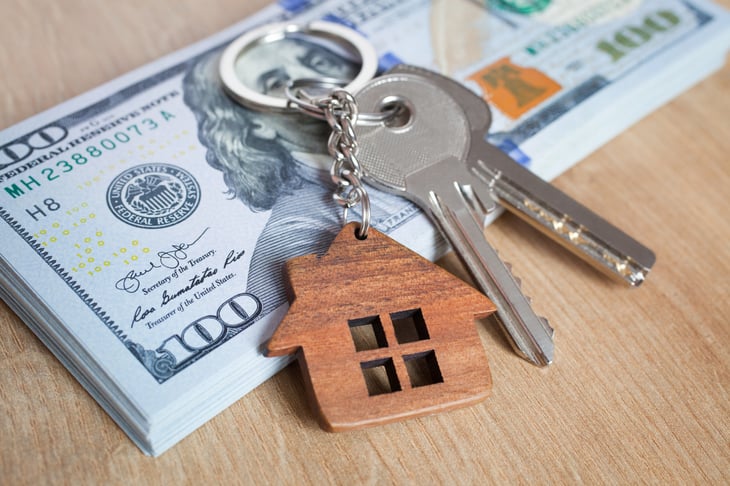
My first real estate purchase was in the United States.
In 1995, I bought a three-flat building in Chicago. I was renting an apartment in another three-flat, and the owners notified us they were selling the building. Until that moment, I hadn’t been thinking about buying a house let alone a multi-unit building.
But I liked the apartment where we were living, so I began looking into whether it would be possible for me to buy the building.
So, I started to educate myself, running numbers, speaking with mortgage lenders, checking prices of other buildings, trying to understand the market.
Meanwhile, friends and family were telling me it was a bad idea. What was someone as young as I was at the time, just starting out, doing thinking about making such a big property purchase?
One of My Best Investments
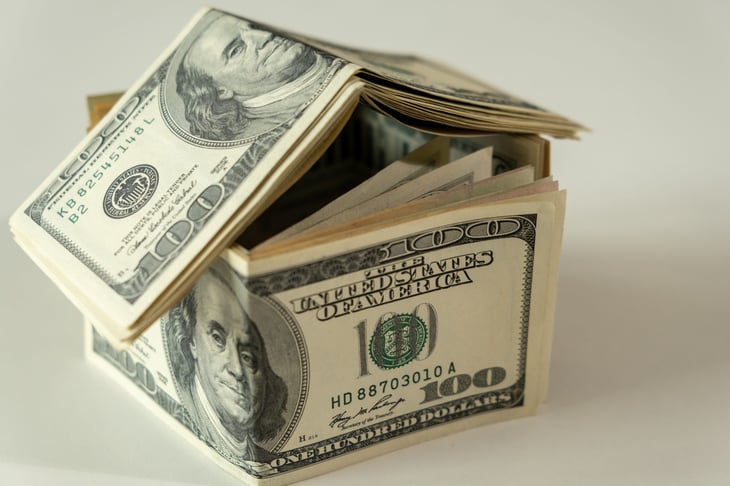
While the negotiations didn’t work out for the building where we’d been living (that really was a great apartment … designed by Frank Lloyd Wright), the seed had been planted.
I started shopping around, looking for another building.
Eventually, I found a building that met all my number parameters and bought it.
What many were advising me against turned out to be one of the best investments I’ve ever made. After owning the building for two-and-a-half years, I sold it for almost double what I’d paid. The best part was the leverage.
The down payment was all of 2%.
What Was the Bank Thinking?
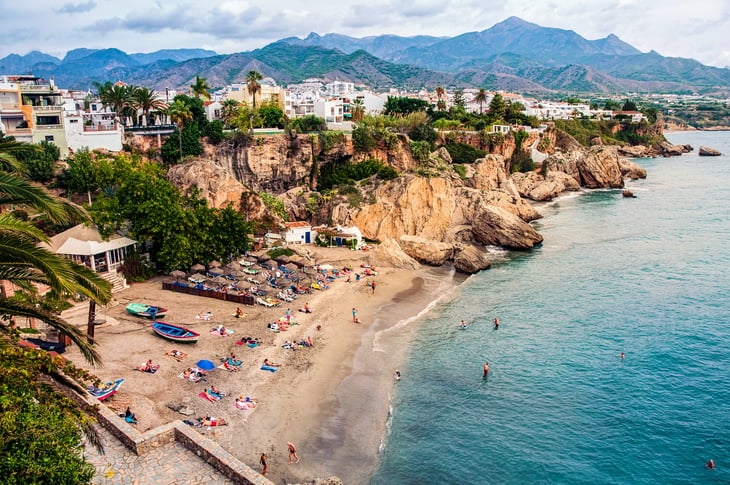
Yes, some bank gave 27-year-old me a 98% loan-to-value mortgage. Clearly, they didn’t see the risk that others were warning me about.
My next real estate investment was in Spain. That was the pre-construction purchase of an apartment on the beach.
Education played a role here, as well. I spent 10 days traveling the entire southern coast of Spain looking at real estate opportunities and speaking with a dozen developers and agents. By the time I got to Estepona on the south end of the Costa del Sol, I had seen a lot of properties — most of them crap.
The developer I met in Estepona had released a new beachfront project the day before I’d arrived. His group didn’t even have their sales office set up at the property yet. They were working out of their main admin office down the road.
We visited the site, I looked at the plans and prices, and I was ready to invest. This was the best opportunity I’d seen on the entire trip … and because it was pre-construction, the initial capital outlay for the deposit wasn’t much.
What Did We Know About Spain?
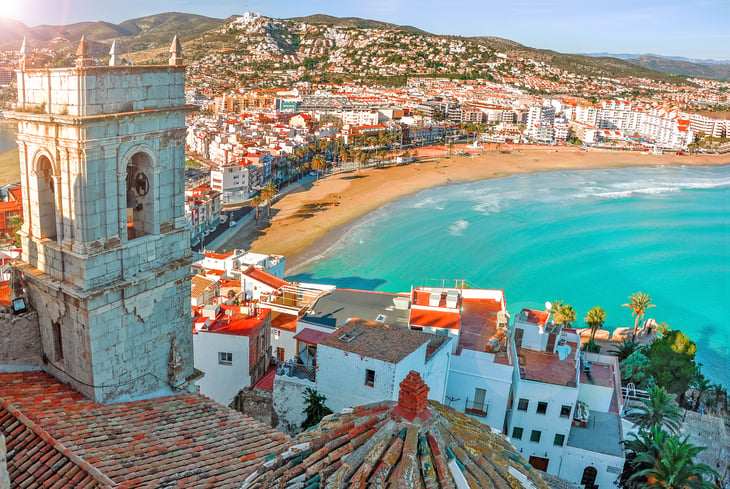
I called my wife, Kathleen. She’s a fairly conservative investor. Her first reaction was to tell me I was crazy to be thinking about investing in Spain … in a pre-construction project. What did we know about buying pre-construction real estate in Spain?
While a 10-day trip couldn’t be called an all-encompassing education in Spanish real estate, it was enough, as I explained to Kathleen, for me to know a good deal in property when I saw one. She begrudgingly agreed to buying a unit because I was there and she wasn’t. She had to trust my instincts. And, in the end, she sure was glad she did.
That purchase falls into the top 10 of my more than 60 real estate investments over the years. The developer sold the apartment for me before it was completed. The returns were almost 100% profit over the less than two years that I held the property.
Education lessens perceived risk and puts it into better perspective, but it doesn’t eliminate risk.
Some risk factors are out of your control. Agents, sellers, markets, currencies, Mother Nature, governments … these are all risk factors, and all the education in the world can’t reduce them all to zero.
Educate … Then Protect

You have to protect yourself. Educate yourself to understand the real risks you’re taking … and then do what you can to mitigate and manage those risks.
The building I bought in Chicago had three apartments. We lived in one and rented out the other two. What if one of those two rentals were vacant for any period of time? That was a risk, as we needed the cash flow to help cover the mortgage.
My risk-mitigating actions were two-fold.
First, I ran my numbers to include a minimum amount of “rent” for the apartment I was occupying. That gave me a buffer in my personal budget.
Second, I realized (after educating myself) that the income for the two rentals in my projections were the below-market rents being paid by the current tenants. I increased these amounts almost immediately upon buying the property.
Turned out, the vacancy rate during the short time I owned the building was practically zero. By the time I sold, the cash flow had reached the point where I was no longer paying rent. I was living free.
My Two Big Risks in Spain
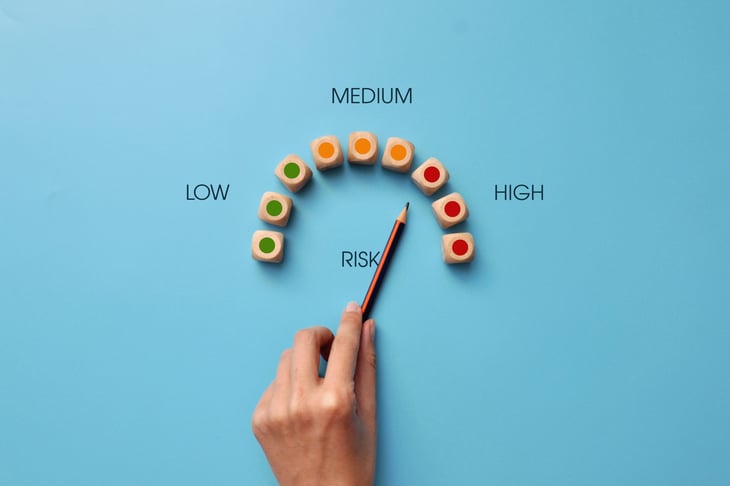
The two big risks with the Spain purchase were the developer (would he deliver?) and the amount due at completion.
Above all, I knew I could cover the progress payments, which amounted to 30% of the purchase price over the first two years of the property construction, but the 70% balance due if the property didn’t sell before completion was a point of exposure.
During that time, Spanish banks were giving mortgages fairly easily to non-residents. That was the backup plan and safety net for protecting my 30%.
If the property didn’t sell, we’d take out a loan in Spain … and rent out the apartment to cover the payments.
The other risk I’ve learned to consider as my investment portfolio has grown is the percentage of my wealth that any particular investment opportunity represents. If your total available investment capital is $200,000 and you invest $150,000 in a single investment, I’d classify that as a risky decision. Your portfolio isn’t diversified enough.
My 5% Rule
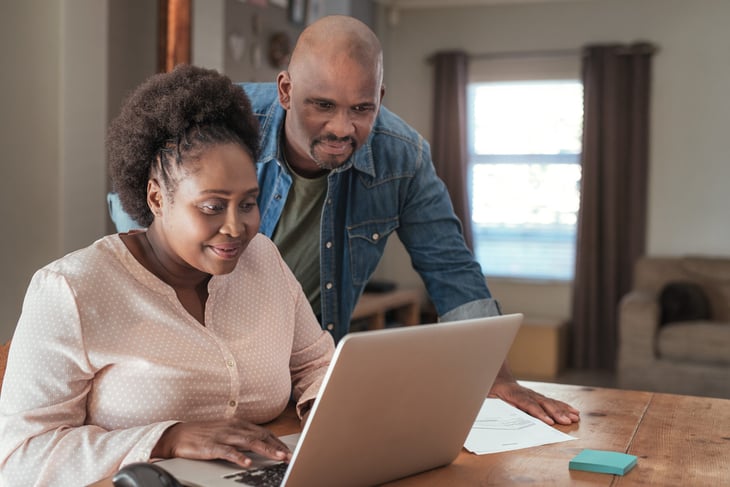
It was hard in the early days to find investments that didn’t take up a large percentage of my overall net worth.
Over time, I’ve developed a rule that I break, but it helps keep risk levels in perspective. I don’t invest more than 5% of my net worth into any single opportunity.
Well, now and then I do … but I do it knowing that I’m breaking my rule and only after serious consideration.
Again, risk tolerance is personal. Only you can determine what you’re comfortable with, but take no risk and you reap no reward.
Take too much risk, and, well, you’ll likely pay for that, too. The key is to take the steps to find your balance.





Add a Comment
Our Policy: We welcome relevant and respectful comments in order to foster healthy and informative discussions. All other comments may be removed. Comments with links are automatically held for moderation.